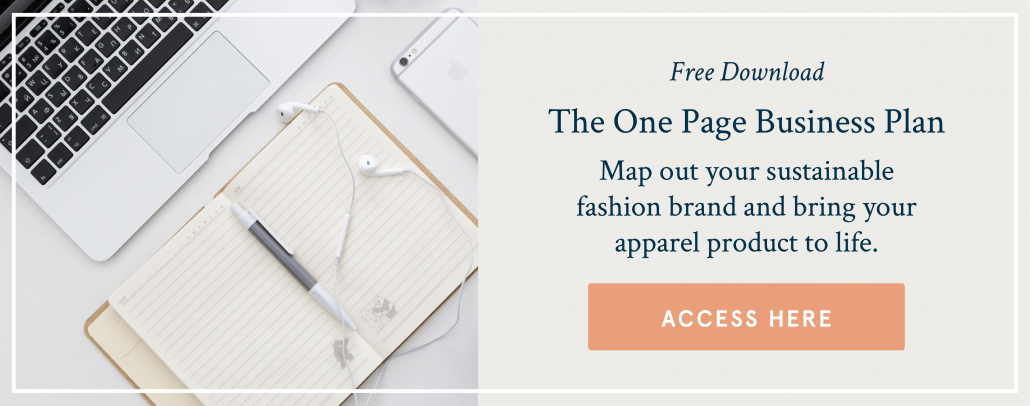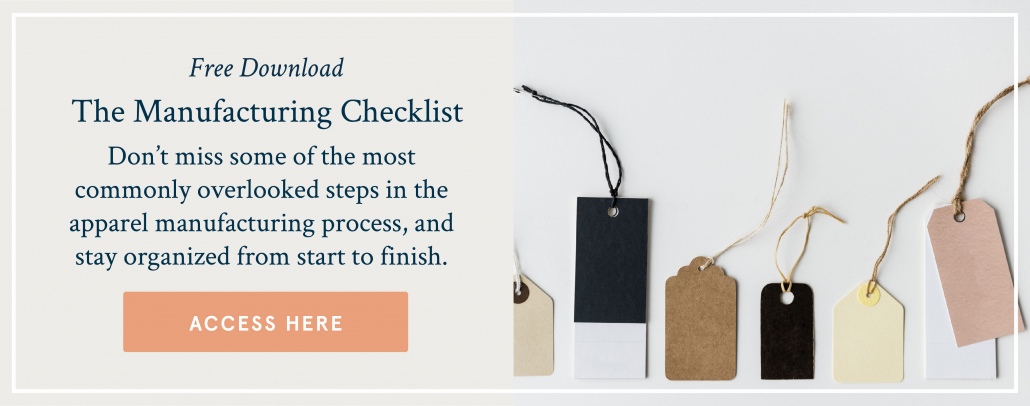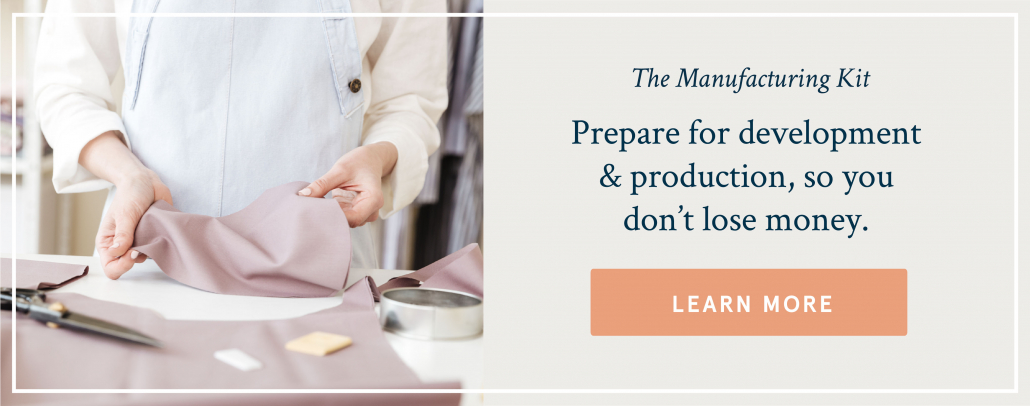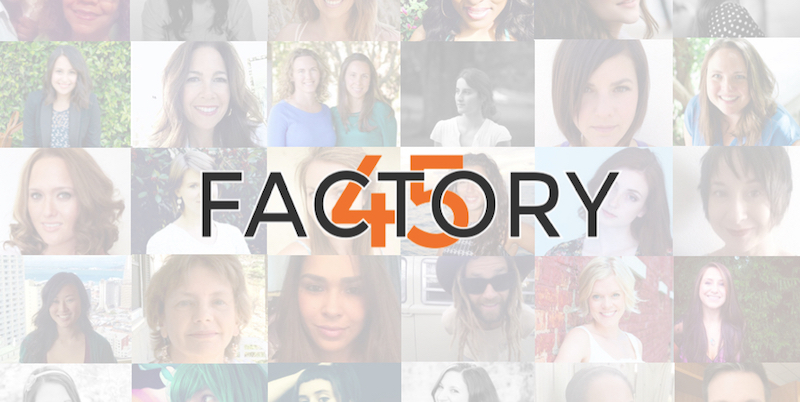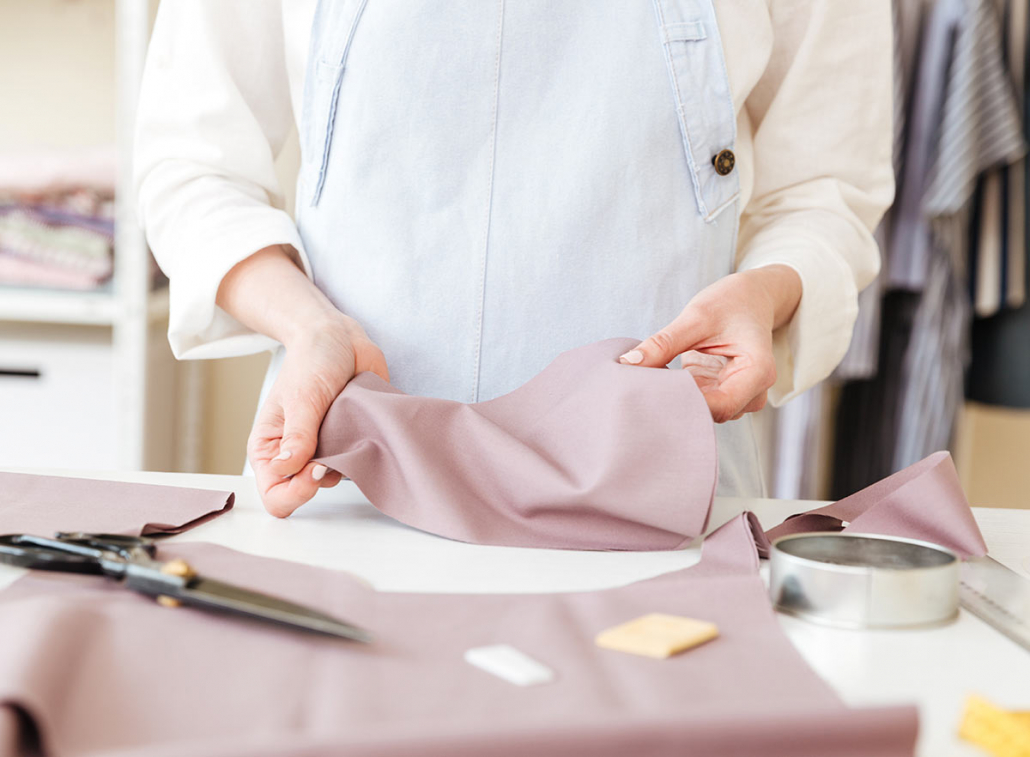I looked up from my computer and thought to myself,
“Man, I should really be working.”
I glanced at the clock. Two hours had passed since I last looked at it.
It took me a second to process that in that time, I had written copy for the Market45 website (coming soon), drafted the agenda for an upcoming webinar and written captions for several days worth of Instagrams.
“Oh, so I was working.”
Has that ever happened to you?
You get so caught up in your work that you look up and realize your work didn’t actually feel like work?
It doesn’t happen every day. Sometimes it doesn’t even happen every week. But when it does happen, there’s something so satisfying about it.
It’s what productivity experts call the “flow state.”
(You may also know it as “being in the zone.”)
Psychologists describe the flow state as the most productive and creative state of mind in which to work.
Some even say it’s the secret to happiness.
Our goal as entrepreneurs, then, is to enter that flow state as often as possible so that we can create, design and build our businesses in a way that is not only efficient but also brings us joy.
I know, no pressure.
There are tips all over the internet from work performance experts who will tell you how to enter a flow state.
But most of that advice assumes you’re a top performance athlete or a top-level executive.
What if you’re hustling to build your fashion brand as a side job with limited hours in the day?
What do you do then?
Here are the four steps to being “in flow” when you’re a new entrepreneur.
(And because I think acronyms are funny, I’ve put one together so you can remember it: PACE)
1. Prioritize
When you first sit down to work — whether it’s on your computer or in the studio — focus on one task, and one task only. As you practice, you’ll be able to jump to other tasks without leaving the flow state but in the beginning, it’s important to prioritize.
In choosing your task, it should be something “long form.” In other words, it feels like an investment to sit down and complete it. Tasks that are long form are things like: writing the campaign page for your Kickstarter, or mapping out financial projections or designing next season’s collection.
When you complete the task it should feel like a significant accomplishment and take between 1.5-3 hours.
2. Ambience
For me, ambience is everything. You can’t enter a flow state with the TV on in the background or sitting in the parking lot waiting for your kids. You need to know you’ll have two hours of uninterrupted time in a space that feels good to be in.
Turn on music if you like, pour yourself a cup of coffee or tea, light a candle, put on your “writing sweater” — pick some sort of cue that tells your brain it’s time to get down to business.
3. Challenge
Challenge + Skill Set = Flow State. I didn’t come up with this — researchers say that the optimal way to enter a flow state is to present yourself with a challenging task that matches a capable skill set.
In other words, if you’re not tech savvy you’re probably not going to find your flow while trying to set up a Mailchimp account. If you’re not math-minded, then you’re not going to enter a flow state figuring out your production costs.
When you’re first experimenting with this you’ll want to purposely choose tasks that are the appropriate level of challenging.
4. Energy
Do not try to reach a flow state when you’re exhausted, grumpy, having a bad day, etc. The essence of being in flow requires positive energy — they go hand in hand. Don’t underestimate how important it is to get your energy levels up before you sit down.
Hey, look at that — I just wrote 700 words! I didn’t even realize it until now.
I must have found the PACE to just… flow…
; )
Your turn.

